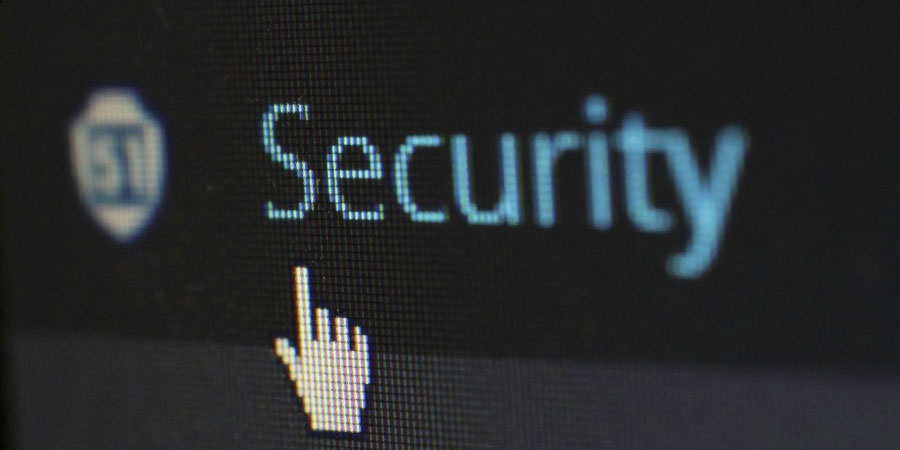Services
Research And Development
Innovation is extremely important when it comes to solving cybersecurity issues and challenges.
Training And Education
We also offer a comprehensive training and education program.
Cyber-Security Consulting
Cyber-security attacks are getting more and more prevalent as the years roll by.
Risk Management Tool
Risk management is one of the things that will give both security professionals and executives the most headaches.
We’re an international cybersecurity firm with a wide range of products and services aimed at government and law-enforcement agencies, organizations, and individuals. We offer research and development, coaching and education, training, operating, and consulting on computer networks, the Internet and cyber system security areas. Our highly-trained and experienced team leverages high-quality intelligence and cybersecurity practices, tools, strategies, and technologies to help both beginners and experts alike solve cyber issues, expand their knowledge, and build capabilities.





